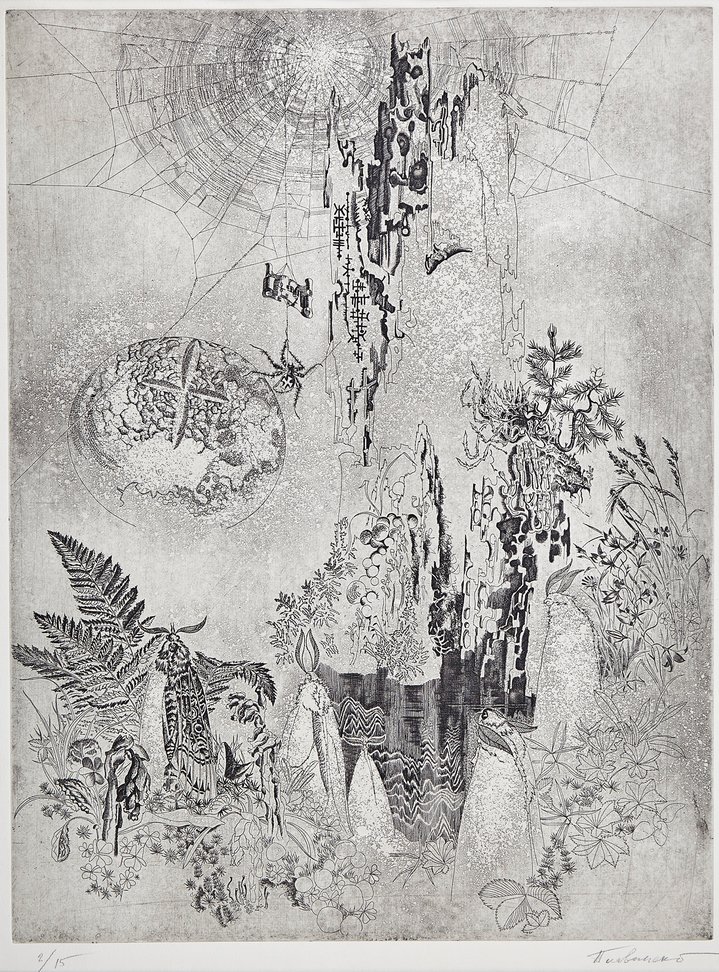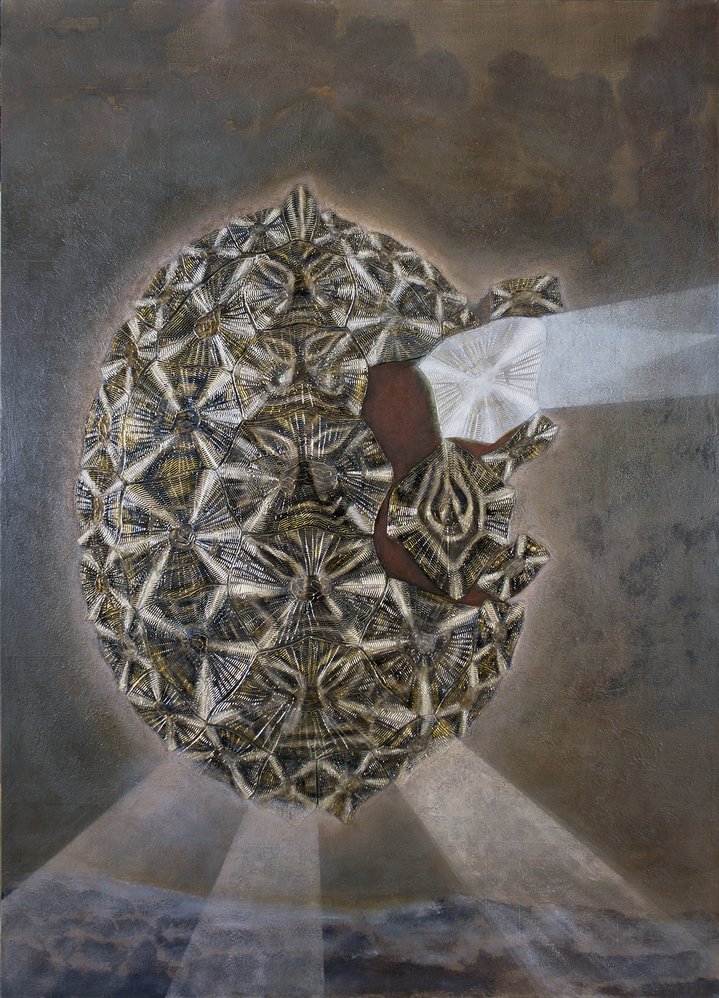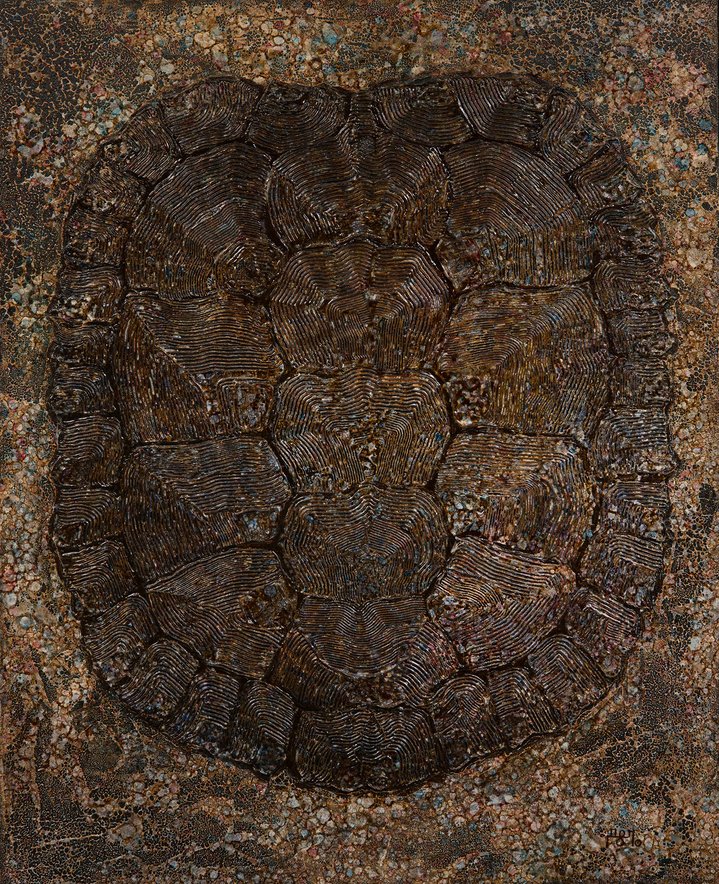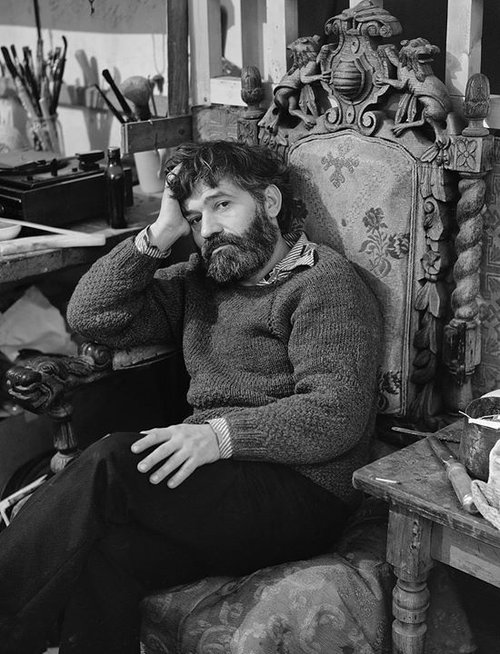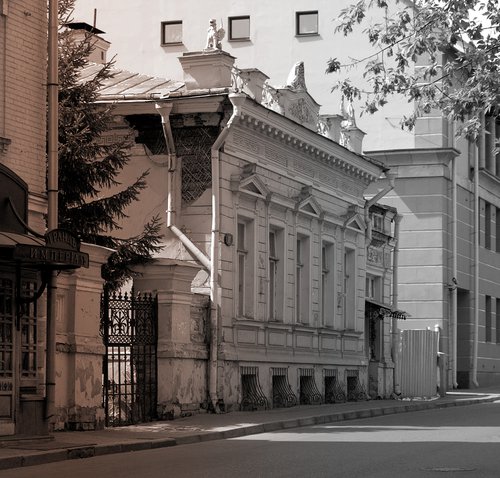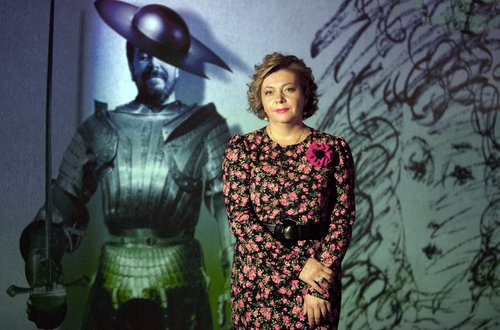Dmitri Plavinsky and a tortoise that fell from the sky

Dmitri Plavinsky. Turtle with the letters Yeri Yat, 1969. Canvas, tempera, PVA, sand, oil. 80х110 cm. Collection of Lyubov Shaks
An exhibition by nonconformist grandee Dmitri Plavinsky at the AZ Museum in Moscow shows the late artist’s passion for rhinos and tortoises.
The playful title ‘Rhinos at a Tortoise Race in Moscow’ promises an enjoyable trip along the path of light-hearted absurd. Yet, the reality turns out to be much more complex. The exhibition is almost too Insta and family friendly, with a mirror wall perfect for selfies, a 3D animation film and enlarged print outs of Plavinsky’s best-known etchings shown in the first hall. The lively and engaging design of the show is somewhat at odds with the gravity of the artworks on display. Dmitri Plavinsky (1937–2012) is considered one of the founders of the nonconformist movement in the USSR. He sought to escape the grim Soviet reality loaded with propaganda by searching in the realms of spirituality. He called his own style ‘structural symbolism’.
His friend Anatoly Zverev (1931–1986), another legendary nonconformist, remembered a visit to Plavinsky’s basement studio where a strange ‘object’ suddenly landed on the window sill. To their surprise, it started to move. The ‘object’ turned out to be a living tortoise that must have fallen down from a neighbouring window. But Zverev preferred to believe that it may have fallen from the sky and it is that, which, according to him, sparked off Plavinsky’s fascination with tortoises. They became a recurrent presence in his art, he painted and etched them over and over again, fascinated by the intricate patterns of their shells, ‘A tortoise is the best artist’s model, motionless, deaf and dumb’, he would say. More mysteriously, the artist mused that ‘Whatever a tortoise could tell us about eternity, we wouldn’t understand anyway, it knows everything and says nothing”. In Plavinsky’s oeuvre this fascinating creature became a symbol to elude direct interpretation, an embodiment of secret wisdom that goes beyond our human knowledge.
Plavinsky was in constant dialogue with artists of the past, apparently turning to them for guidance, inspiration and advice. He followed Albrecht Durer’s footsteps, mastering the age-old technique of etching, a mysterious and even dangerous craft in which the artist uses metal and acid. Plavinsky once got so intoxicated with poisonous acid fumes that he nearly fell into a bath full of the deadly substance into which etching boards were dipped. Once, he created his own version of Durer’s famous etching of a Rhinocerus. Yet, this homage to the Renaissance painter has a surreal twist. Plavinsky’s rhino bears the Earth in his stomache. It is a heavenly beast worthy of an esoteric manuscript rather than a zoological atlas.
Plavinsky created etchings on a monumental scale with multiple layers of meaning. In his ‘Running in the Dark’, an emaciated dog becomes the symbol of a lost and wandering human soul. ‘The Gospels in Construction’ shows the sacred text as a building yet to be finished. Perhaps, these artworks require a more hushed and sophisticated environment, with heavy drapes rather than mirrors, old parchments rather than animation films. Yet, this brave attempt to penetrate the artist’s mind has brought to light some rarely seen works from private collections, mostly from the artist’s family and Natalia Opaleva, founder of the AZ museum. And it will be followed by the release of a beautiful new art book with an extensive collection of Plavinsky’s etchings.






